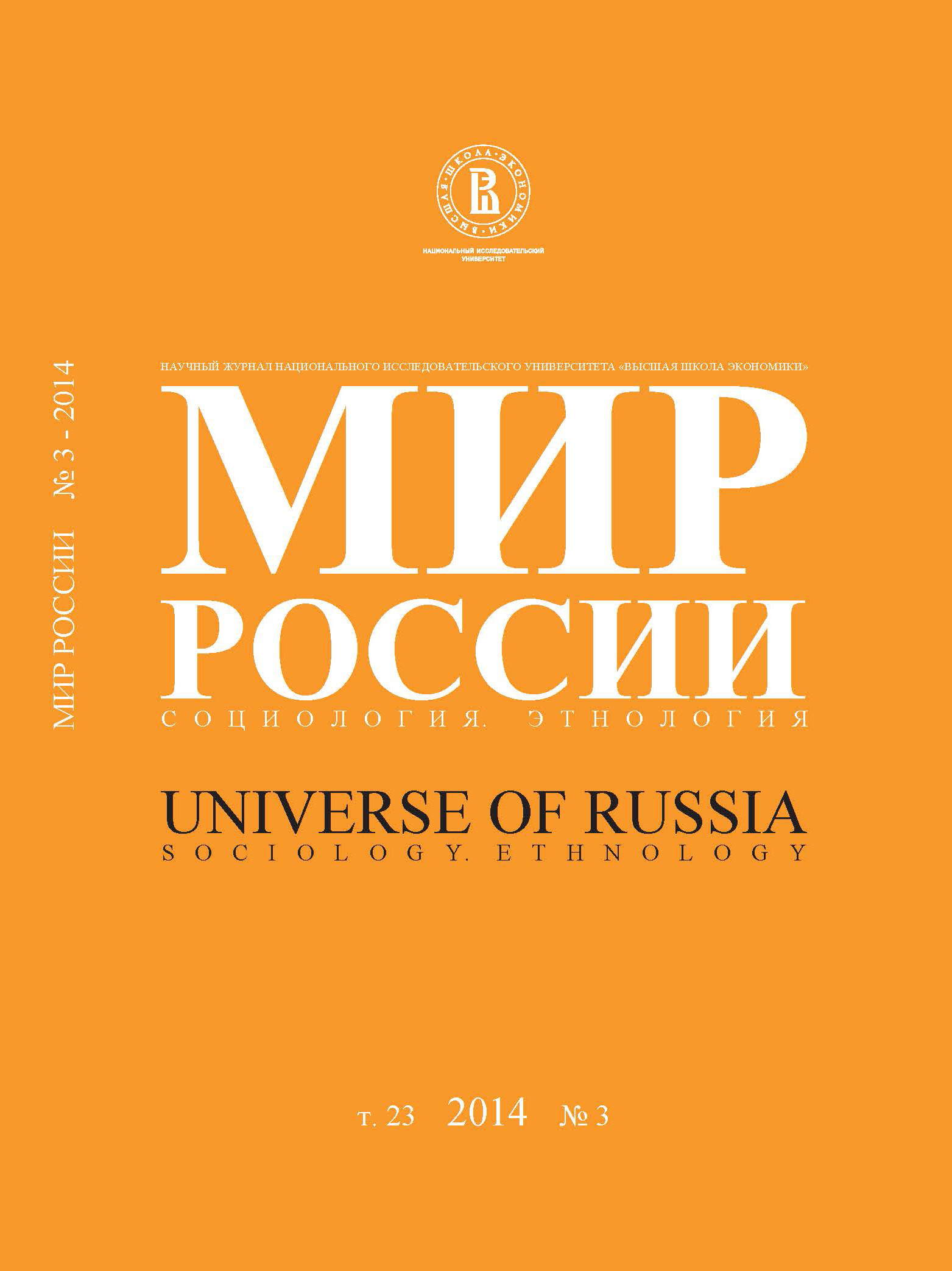Traditional Economic Institutions of Aboriginal Nations and Their Role in the Formation of Institutional Structure of Multiethnic Regions
Abstract
Svetlana Panikarova — Associate Professor, Chair for Economics, Finance and Management, Ural Federal University. Address: 19, Mira St., Ekaterinburg, 620002, Russian Federation. E-mail: panikarova_s@mail.ru
The economy of indigenous people of the Russian Federation at the beginning of the 20th century was a set of traditional types of extensive economy, such as agriculture, cattle breeding, hunting, fishery, gathering wild-growing plants, crafts and trade.
Russia featured several types of such traditional economic activities. Some of them have practically disappeared today or have been cardinally transformed. Others, on the contrary, survived a period of economic crisis in the 1990s and now constitute an essential part of regional economies.
This article discusses the role of traditional economic institutions in the formation of an institutional structure of multiethnic regions and analyses the evolution of economic institutions of indigenous people in Siberia. Particularly, it identifies several clusters of such traditional economic institutions in southern Siberia which include the institution of corporate property over lands, the institution of private property over cattle, the institution of mutual aid in labor, the institution of wandering, and institutions of communal management. This list of institutions is quite typical for the majority of nomadic societies.
The territory of Siberia was included in the Russian Empire in the 18th century. Since then, the traditional institutions of Siberia’s indigenous people have undergone a long and difficult path of evolution. The most important periods of this transformation include the Empire’s policy of resettling peasants from central Russia to Siberia (1890-1913), the Revolution and Military Communism (1917-1920), Stalin’s collectivization and repressions (1929-1938), the Soviet planned economy (1940-1990) and the post-Soviet period (1990-2000). However, in spite of all these disturbances, the traditional institutions of indigenous people have endured and remained almost intact. This article discusses possible explanations for such stability, such as: the integrity of these institutions with local culture, values and traditions; coherence with natural (climatic) conditions and production technologies; and the internal adaptability of those institutions and their extreme usefulness for the people involved. Finally, the author also studies the life cycle of traditional economic institutions, basing his research on empirical data collected in Khakas Republic.






